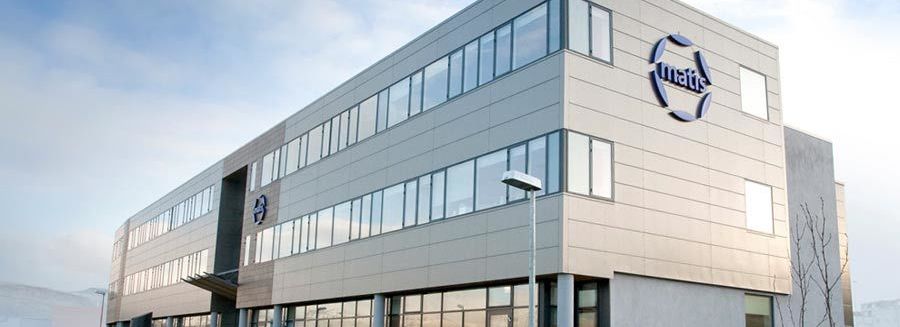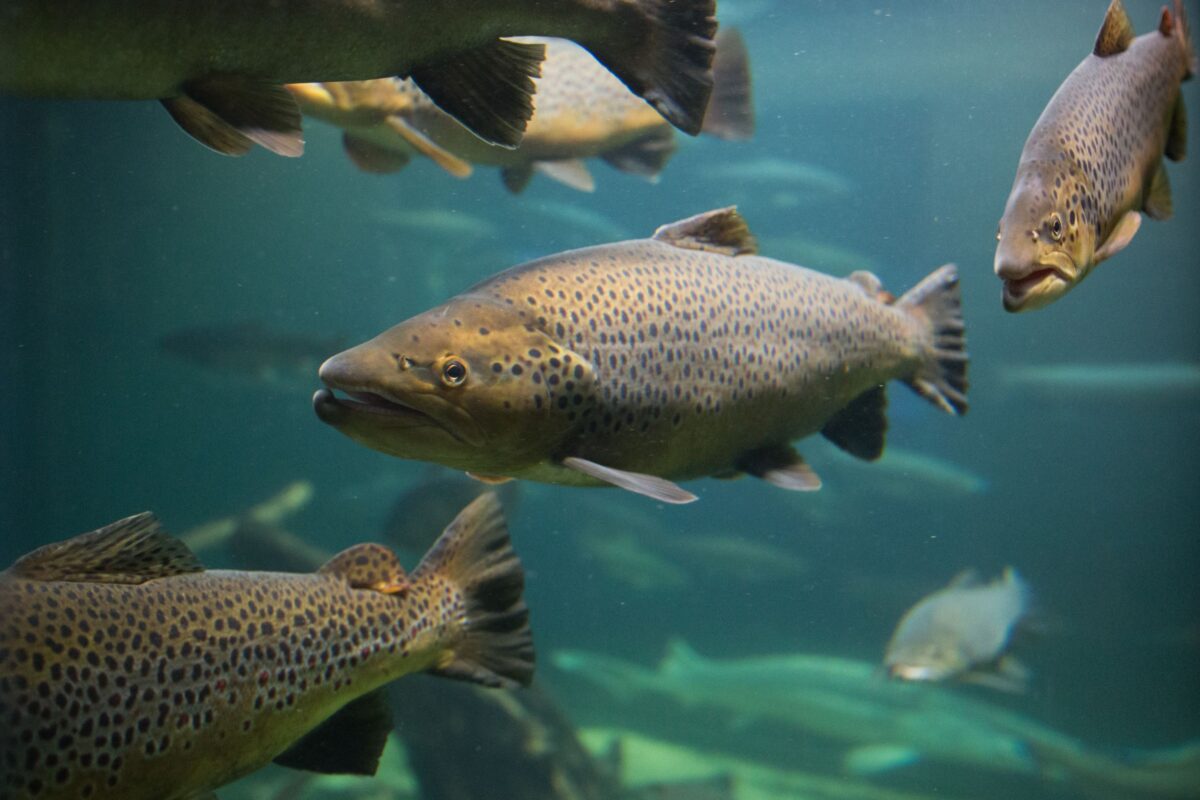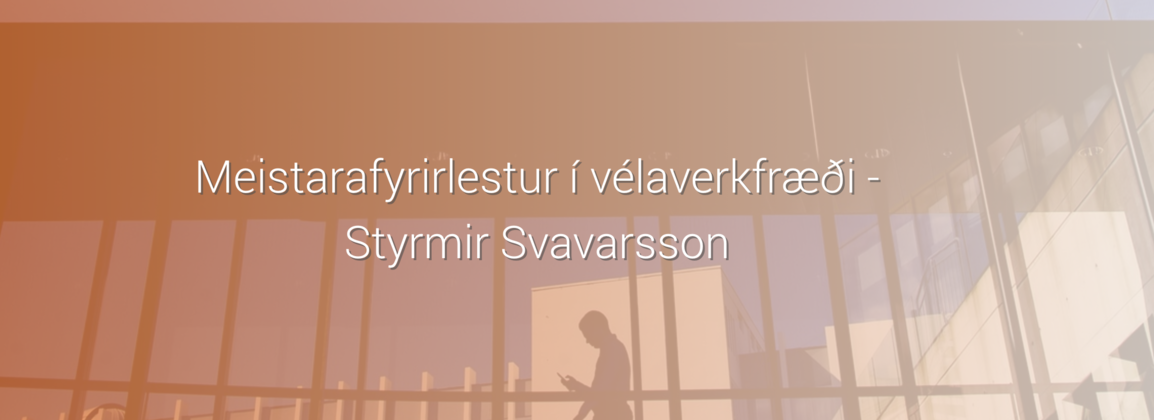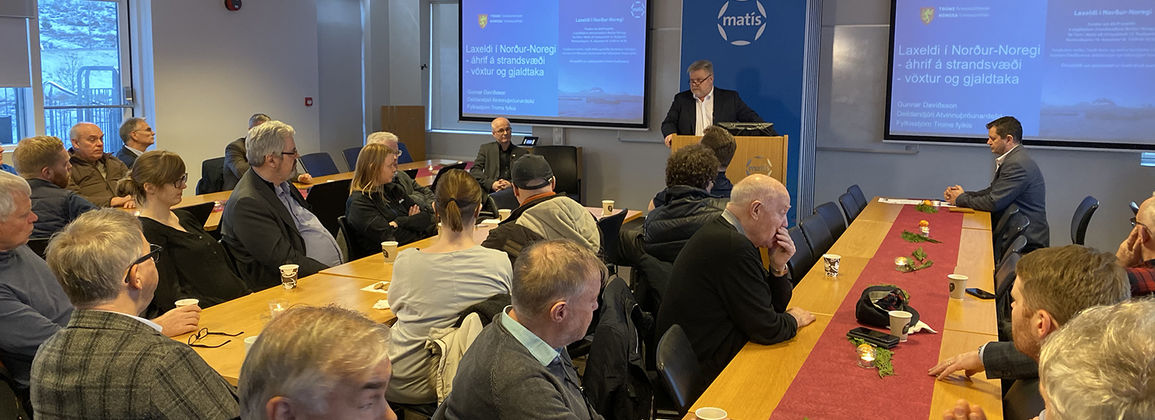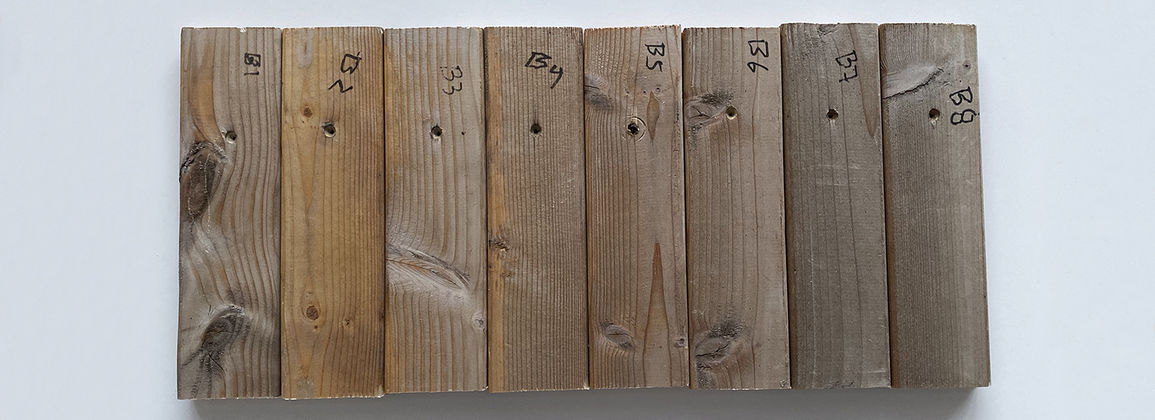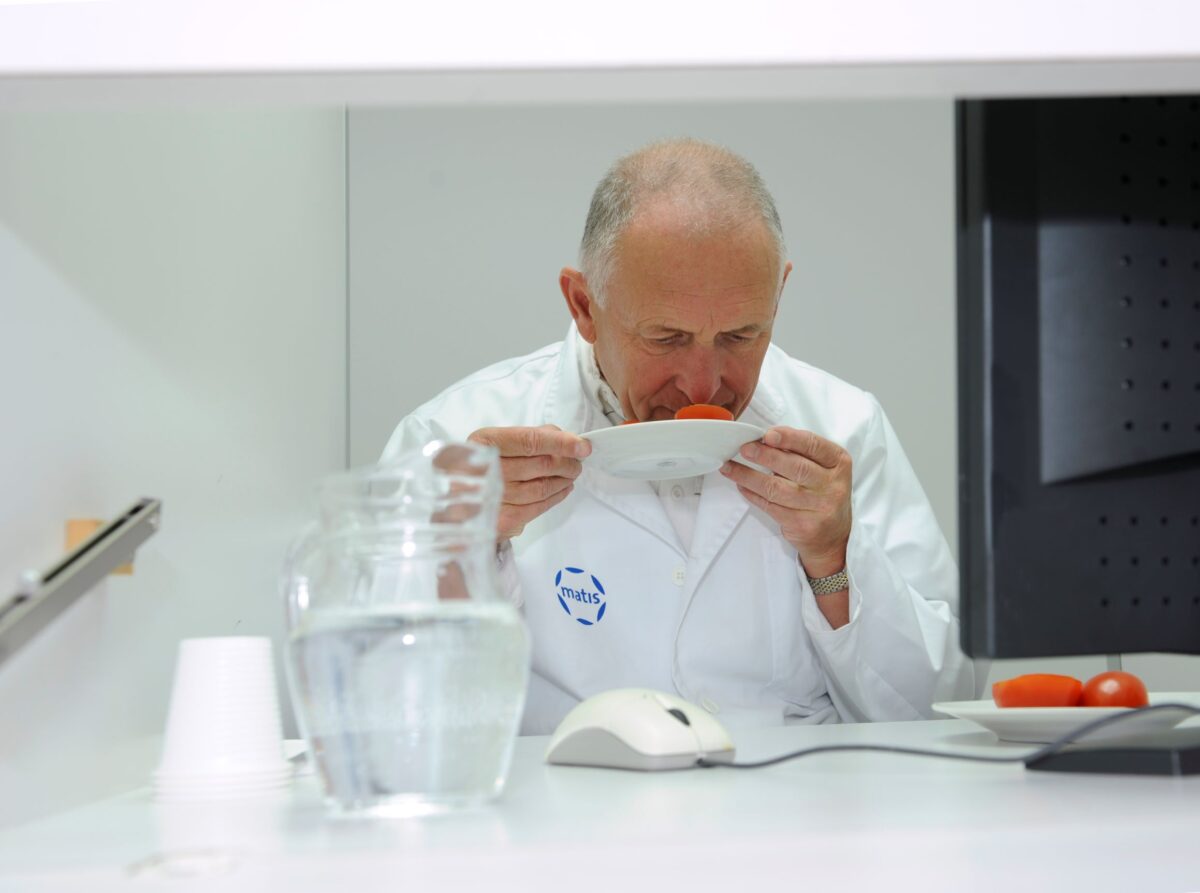Matís ohf. is looking for two specialists to work, one in Akureyri and the other in the Westman Islands. The work mostly involves work on research and development projects in Matís' field of work.
These recruitments are in accordance with the policy of the Ministry of Industry and Innovation on strengthening activities in rural areas. This is a full-time job.
Area of work:
- Strengthen Matís' collaboration with the business community in the field of technology and innovation.
- Acquires projects in the field of Matís in collaboration with companies in the area.
- Set up and manage research projects.
Educational and qualification requirements:
- Work experience and knowledge of fisheries and / or food production.
- A university degree that is useful in the job - further education is an advantage.
- Initiative and independence in working methods.
- Excellent interpersonal and communication skills.
- Ability to express oneself in speech and writing in Icelandic and English
The application deadline is February 17th
For further information, contact Jónas R. Viðarsson, Director of Matís, tel. 422 5000 or e-mail jonas@matis.is

